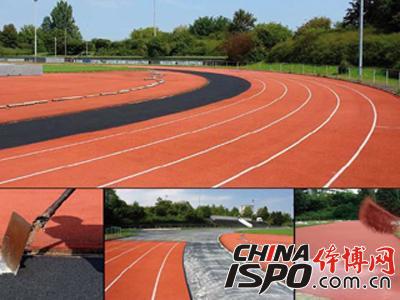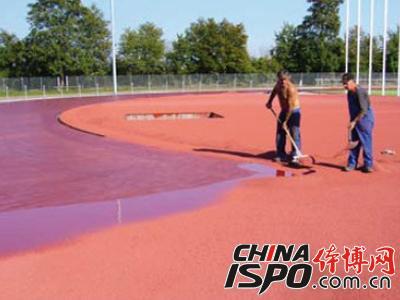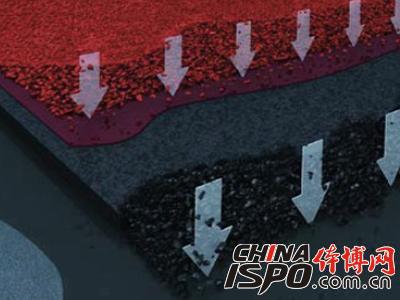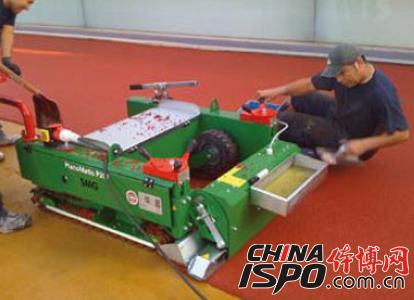Many of the playgrounds on campus today feature plastic runways that look sleek and professional. However, experts have raised concerns about these surfaces, suggesting they may emit harmful gases that could affect students' health. With track and field events becoming increasingly popular, it's important to understand what makes a 400-meter plastic track so appealing.

*Runway laying screen*
In China, most plastic tracks are made from industrial polyurethane, also known as TDI (Toluene Diisocyanate). This material is mixed with an adhesive and curing agent before being laid down. The components involved—TDI, curing agents, and binders—are all organic compounds. Under high temperatures or strong sunlight, they can release irritating fumes. Many students and teachers have noticed this issue when using the facilities, often describing a noticeable plastic smell during outdoor activities.
Despite the investment in these surfaces, many campuses limit access to plastic tracks. Some areas are fenced off, and the hours of operation are restricted. This is not just for safety but also because the cost of maintaining these surfaces is high. Excessive use can lead to wear and tear, making regular maintenance essential.
Modern stadiums have largely moved away from traditional coal slag tracks to synthetic alternatives. However, many people still find it hard to distinguish between different types of synthetic surfaces. This article aims to clarify the differences and help you understand what makes a plastic runway unique.
**The Origin of "Plastic Runway"**
When designing large outdoor stadiums, the layout includes a football field surrounded by a 400-meter running track. These tracks are typically covered with synthetic materials, including areas for jumps, throws, and other events. While some older venues still use coal cinder tracks, synthetic materials have become the standard. In the West, these are often called "tartan tracks," a term originally used for a product developed in the 1960s. These surfaces offer better protection, fairness, and performance, leading to their widespread adoption.
**Foundation Layer – Invisible but Important**

*Workers Spread EPDM Particles*
According to German standards, synthetic tracks should include an asphalt base, an elastic layer, and a final surface. The elastic layer uses composition rubber particles and polyurethane, while the top layer consists of EPDM particles mixed with polyurethane. This gives the track its grainy texture. Some tracks skip the elastic layer, resulting in a thicker surface. The quality of the track depends on the materials, design, and manufacturer, affecting factors like UV resistance, durability, and temperature tolerance.
**Installation Methods**

*On-site construction installation runway*
There are several ways to install a plastic track. One method involves constructing the track on-site, layer by layer. Another uses prefabricated sections that are assembled at the location. Some tracks are even produced in coils and transported directly to the site. Hybrid methods involve pre-bonding parts in the factory before final assembly. Each method has its own advantages and challenges, and the quality of the final product depends on the installation process.
**Prefabricated Runway**

*Use the machine to install the runway*
Fully prefabricated runways are installed like sheet flooring, offering a smooth and uniform surface. These tracks are commonly used in high-level competitions like the Olympics due to their superior performance and comfort. They provide excellent shock absorption and energy return, making them ideal for elite athletes. Unlike on-site installations, prefabricated tracks are manufactured in controlled environments, ensuring consistent quality. They are also easier to install and maintain, making them a preferred choice for major sporting events.
Pvc Enamel,Cartoon Pendant,Cartoon Pendant Processing,Customized Cartoon Ornaments
DONGGUAN TETSUMET TECHNOLOGY CO.,LTD , https://www.tetsumet.com